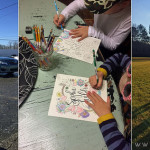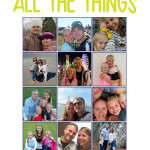My sister’s husband is a teacher at my alma mater and a few weeks ago he asked me to talk to the entire middle school about my career and incorporating creativity in the workplace. I’ll be honest and tell you – that is a scary age group. I talk with/to groups of adults all the time and never get nervous, but put me in a room with two hundred pre-teens and my knees are knocking. I was so flattered that he invited me. My college and career path was a little unorthodox and it’s great for kids to know that there are options and that a degree doesn’t dictate the kind of career you’ll end up with.
I know that moms struggle with guilt over whether to work or stay at home and I’m so fortunate to know that a career woman is exactly what God means for me to be on Monday, October 28, 2013. I know that His plans for us can change, so I’m not entirely closed off to other options, but I honestly couldn’t picture myself in a better work situation for my family. I know that my children are well cared for while I’m working and with Josh at home during the day, I know he is always a phone call away.
I don’t often talk about the specifics of my job – or how I got there – on the blog, so I thought you might be interested to know a little bit more about what I always thought I wanted to be and what I really do on a daily basis.
I knew from a very early age that I wanted to pursue some kind of creative career and I always knew that I wanted to go to college. Both of my parents are extremely creative (my dad is a carpenter and my mom is an amazing seamstress / crafter / party thrower), but neither of them got a college degree and I knew that was something I always wanted for myself. I loved to draw and paint and had fabulous teachers and mentors growing up, who encouraged me to pursue my love of the arts, even though I had no idea how that would manifest itself in the future. Parents and teachers (and adults in general, really) sometimes encourage kids to pursue practical career paths with proven results. Those suggestions are perfect for so many kids, but they weren’t perfect for me. I knew I didn’t want to be a teacher or doctor or lawyer. Even though I didn’t know WHAT I wanted to be when I “grew up”, I knew that I wanted to be something in a creative field.<
For all the things that I didn’t know about college or life ahead, there were three things that I did know. I wanted to stay in state for college. I wanted to live on campus. And I wanted to declare myself an art major. I applied to five schools in the state, but the University of Alabama at Birmingham only because my parents insisted. I was accepted to all five schools and I began the scholarship process for two liberal arts colleges – my first choice and one alternate.
I was invited to participate in a portfolio review at my first choice early in my senior year, where I had to show my art to a panel of professors and discuss my work. At this point my “work” resembled that of an elementary school student. I knew that I was talented, but being compared to other artists really took a toll on my confidence. I was sitting in a room full of kids who went to private schools and had private art classes. They were impressive painters and talented sculptors and I was intimidated beyond belief. They offered me a scholarship that was about 10% of the yearly tuition (tuition that was roughly a third of my parents’ annual income). Despite the circumstances, my parents were so supportive and they started trying to figure out how to afford the tuition while I tried to reconcile my perceived lack of talent compared to my peers.
I was in the counselor’s office at school one day in the first semester of my senior year and found information on the Honor’s Program at UAB. I had the college acceptance letter at home and hadn’t yet turned them down, so I filled out the application. I had saved an essay I wrote about myself in Junior level English and it worked well enough for an entrance essay. I mailed it in, crossed my fingers and was surprised to get an interview.

I remember wearing a dress and shoes that my mom picked out for the interview (remember that I’m 18 years old?!). I think I had on makeup and my hair was curled. I would’ve much preferred a Beastie Boys t-shirt, blue fingernails and Doc Martens at the time, but I put a smile on my face and let my parents drive me to the interview. The dean of the Honor’s College took one look at me and told me I wasn’t at all what she expected after reading my essay. This was my first lesson in adult life. Be respectful of your parents, but always be yourself. I was accepted into the program because of who I was and what I wanted to be. High ACT scores and good grades helped, I’m sure, but it was my passion for pursuing art and the ability to be myself that made an impression on the interview panel.
Acceptance into their program was the deciding factor in where I went to college and I enrolled at UAB in the fall of 1998 as an art major/art history minor. The program is a little different now than it was 11 years ago, but there are many similarities and it was proof to me that everyone’s college experience didn’t have to look the same. Instead of taking the same classes as the other college freshmen, students in the HP got to create their own course schedule based on their interests. Instead of learning about one subject from one professor, I attended seminars taught by a group of professors who specialized in different things. Imagine a science class taught by your English teach, math teacher and an artist. It was a fun, very creative way to learn and it really influenced my choices throughout my college career.
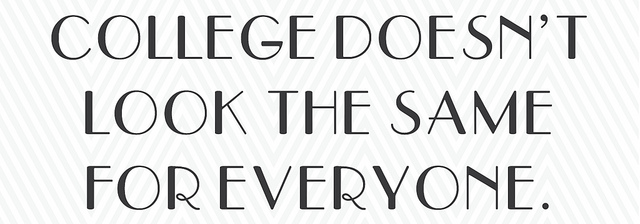
My first year of college was all about figuring things out: where things were on campus, how to live away from my parents, learning to pump gas and navigating a new city. I took pretty basic classes and started thinking more about what I wanted to be when I grew up. For those of you who think art school sounds like the easy way out, let me tell you how wrong you are. Art students were required to spend a lot of time working in the classroom outside of your regular class time, practicing the skills they are learning. If I had 15 hours of class each week, I was expected to spend another 30 hours in the studio working. That means I was in class three times more often than everyone else I knew. By my sophomore year, I started taking more art classes and spending time in the studios. I took a printmaking class because it worked well with my schedule and I fell in love.
Printmaking is exactly what it sounds like – making prints (or duplicates) of something you’ve drawn. Lithography was the type of printmaking that I loved the most and since it is beyond difficult to explain, I’ve included a little video demonstrating the process (if you want to devote 7 minutes of your life to art that you can never get back!).
I think I took somewhere in the neighborhood of twenty print classes over my college career. I’m so grateful that my parents never said to stop taking classes that couldn’t possibly help me get a job after college graduation. It was something I loved and since I knew I wouldn’t get to do it out in the real word, I did as much of it as I could while I was there (I knew I didn’t want to be a professional artist and the cost of a printing press would rival that of a new car). I ended up as an art major with a dual concentration in Lithography and Graphic Design.
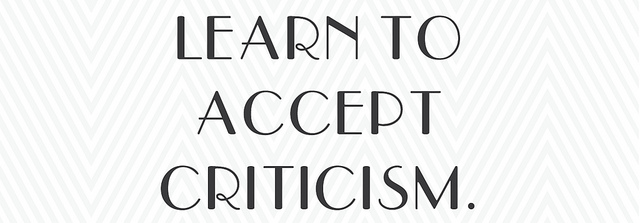
The biggest things that art school did for me besides giving me lots of practice making pretty things was learning how to work under pressure and learning to accept criticism. We had tight deadlines to produce our work and I learned that it’s hard to be creative under pressure. I had to learn how to make something look good on someone else’s schedule and I had to be able to talk about it in front of a room full of people. In almost all of my art classes, we would have a weekly critique. We got to hear everyone talk about how good or bad our pieces were while everyone else in the classroom listened. In the first crit of my first advanced drawing class the teacher told each of us to pick out our favorite and least favorite piece and tell the class why we did and didn’t like them. I was used to telling people everything looked great and being polite, so this was a culture shock for me. I went home from that class in tears; both because people said negative things about my work and because I had no idea how to criticize someone else. My professor later told us that in her first college crit a professor told her the only redeeming quality of her drawing was that it was flammable?!
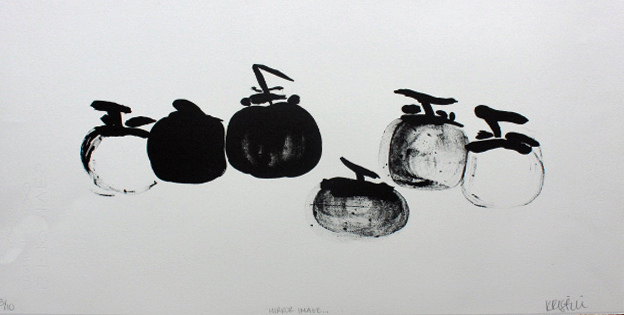 a lithography print reproducing an ancient drawing for an art history class
a lithography print reproducing an ancient drawing for an art history class
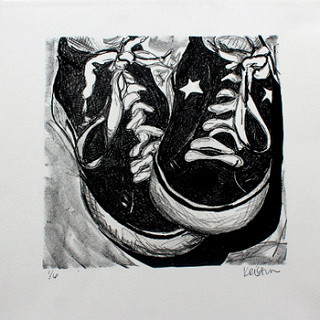
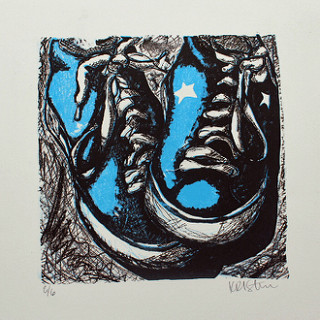
b/w & color lithography prints of my favorite pair of tennis shoes
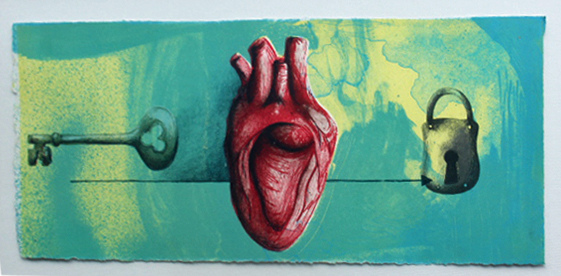 pa multi-color lithography print for my senior independent study class
pa multi-color lithography print for my senior independent study class
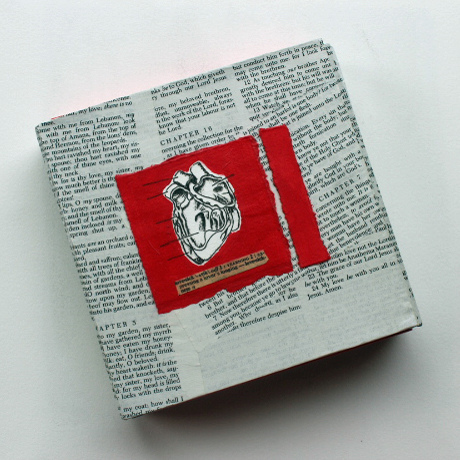 the cover of a multi-media book project for experimental printmaking called “lovesick”
the cover of a multi-media book project for experimental printmaking called “lovesick”
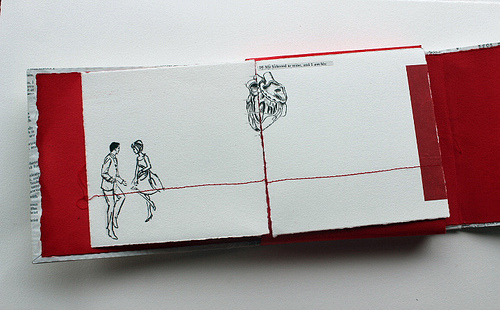 the first two-page spread of “lovesick” | probably my favorite piece of my college career
the first two-page spread of “lovesick” | probably my favorite piece of my college career
As hard as it was, I learned so much from those sessions. I learned how to speak in front of a group of people, even when I was nervous. I learned how to express my feelings about art and how to defend my own work. I learned that two people could very much disagree about art and both be right. I was encouraged by positive things people said about my work and I was determined to be better every time someone criticized something I worked hard on. I remember the first time my favorite professor gave me praise over something I did and knowing that no matter what, every choice I made that led me to that class was the right one. I ended up being a teacher’s assistant for printmaking classes my senior year of college and I had the opportunity to help younger students learn something I loved and encourage them through crits of their own.
I may not be rolling ink onto limestone anymore or even teaching others how to do it, but the experience of art school and the things that I learned about myself during those four years was invaluable. I am so thankful to have been encouraged and supported throughout my time in school and even though my career path would take a very different path later on, I knew that God was leading me to do great things in His own time.



